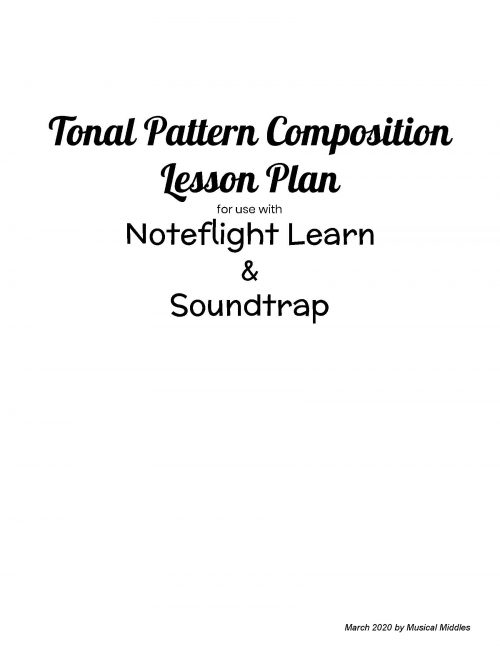This is a digital resource.
This resource is intended for choral music classes and can be used either in person or through virtual instruction. Students select tonal patterns from their assigned repertoire, compose a new pattern in Noteflight, and transfer that pattern to Soundtrap for extension activities.
-

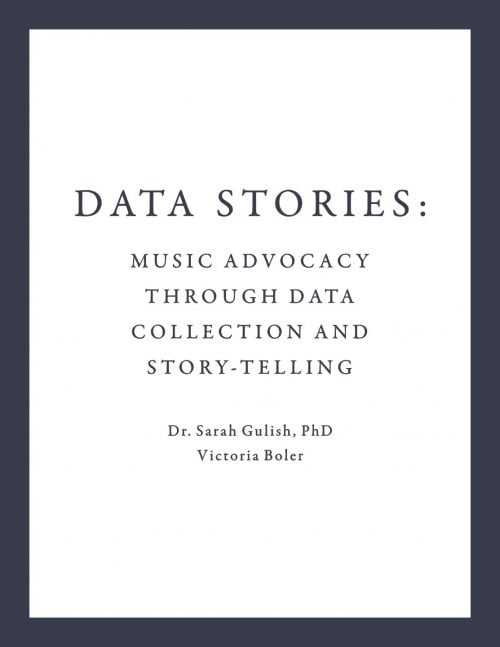
by Sarah Gulish and Victoria Boler
(12 Pages + over 25 pages of editable resources)
This is an eBook for digital download. The purpose of this book is to provide resources for music teachers looking to collect data to better advocate for their programs and reach students. This interactive PDF describes the various types of data, how they can be collected, and how they can be used to create a music program story to share with community members and administrators. Each purchase includes access to a google drive folder with dozens of resources and templates that can be copied and edited, including email templates, google questionnaire forms for students, parents, and colleagues, conversation starters with administrators, sample qualitative stories, sample quantitative stories, and more. -
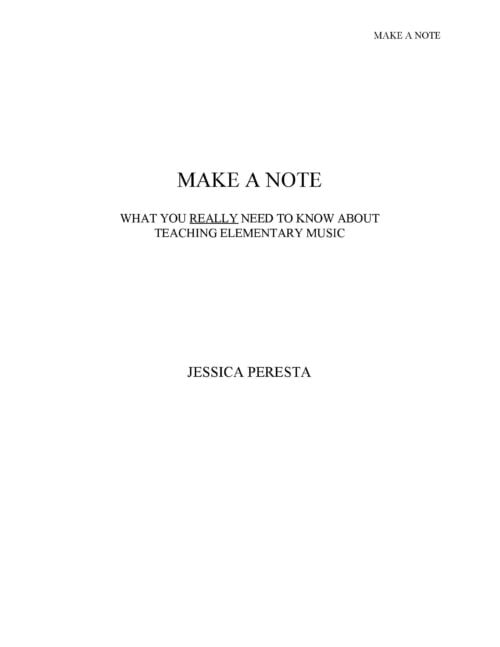
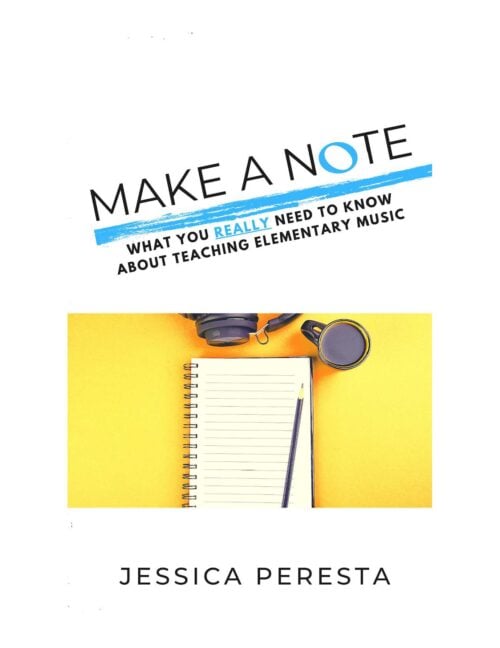
by Jessica Peresta
(74 pages) This is an eBook for digital download. Teaching elementary music is rewarding, yet exhausting, no matter if you’re a new or veteran teacher. There are so many things that happen during any given day, and it can leave you feeling overwhelmed and maxed out when you’re not expecting it. After reading through the pages of Make A Note, you’ll find your confidence, identify feelings that may have held you back, and will feel prepared to tackle any unexpected challenges that may come up during the school year. -
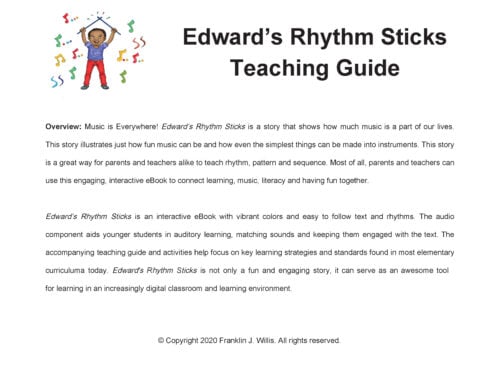
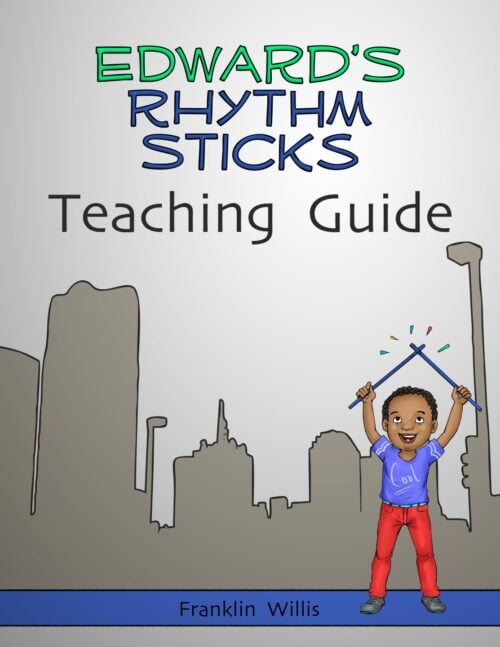 This is an eBook for digital download. Click along to Edward's Rhythm Sticks with this engaging teaching guide! In this guide, Franklin Willis provides ideas for educators and parents to engage with the story in Edward's Rhythm Sticks through activities including a word search, secret phrase worksheets, questions about the story, and coloring pages. Franklin offers ideas for how you can make this story come to life at home and in the classroom while connecting your kids with their own cultures of music-making. This PDF can be used digitally for remote learning or printed.
This is an eBook for digital download. Click along to Edward's Rhythm Sticks with this engaging teaching guide! In this guide, Franklin Willis provides ideas for educators and parents to engage with the story in Edward's Rhythm Sticks through activities including a word search, secret phrase worksheets, questions about the story, and coloring pages. Franklin offers ideas for how you can make this story come to life at home and in the classroom while connecting your kids with their own cultures of music-making. This PDF can be used digitally for remote learning or printed. -
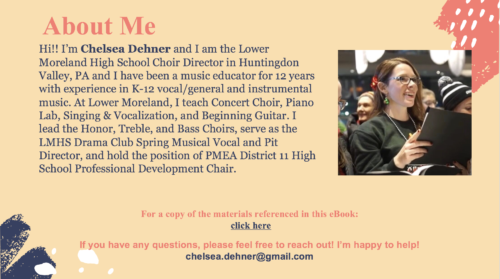
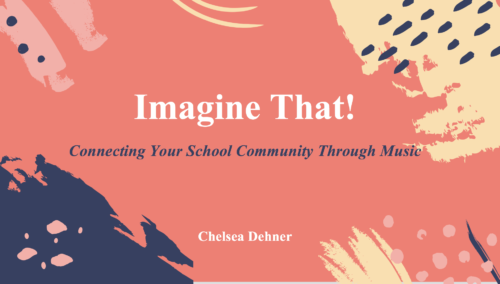
by Chelsea Dehner
(67 slides) This is digital resource. This resource provides everything you need to recreate a music performance project for your staff or your students. Through covering John Lennon's Imagine, school staff can build community and connect with their students, whether virtual or in-person. Use the editable files that accompany this tutorial to create meaning and have some fun with those around you! -
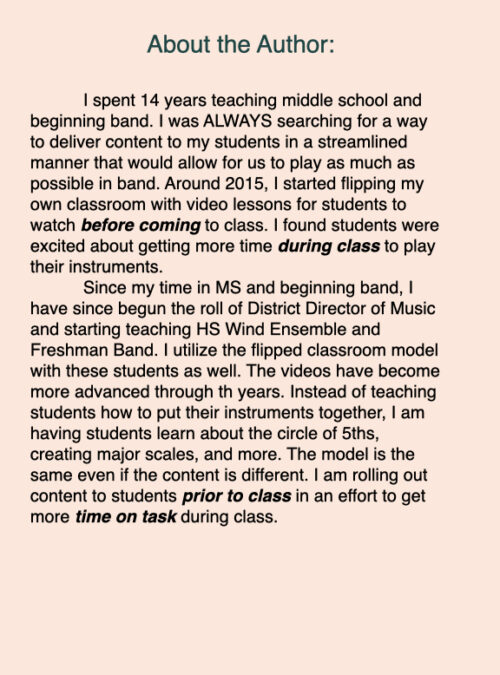
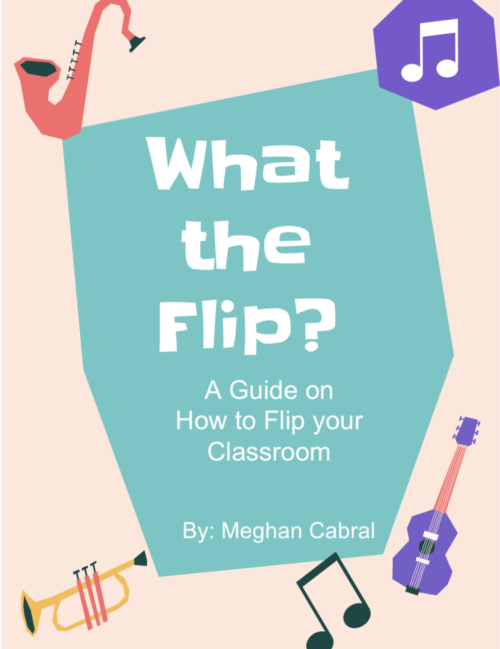
by Meghan Cabral
( 24 pages) This is an electronic resource for digital download. Bundle this with any other book from Meghan Cabral and receive 50% off this book using the code FLIPPING2020 at checkout! A flipped classroom is a type of blended learning where students are introduced to content at home and practice working through it at school. It is a great way to engage students in meaningful, differentiated instruction. Want a resource on how to flip your classroom? Look no further; this is your guide to flipping! Included are popular Q&A questions as well as a step-by-step guide on how to start flipping. -

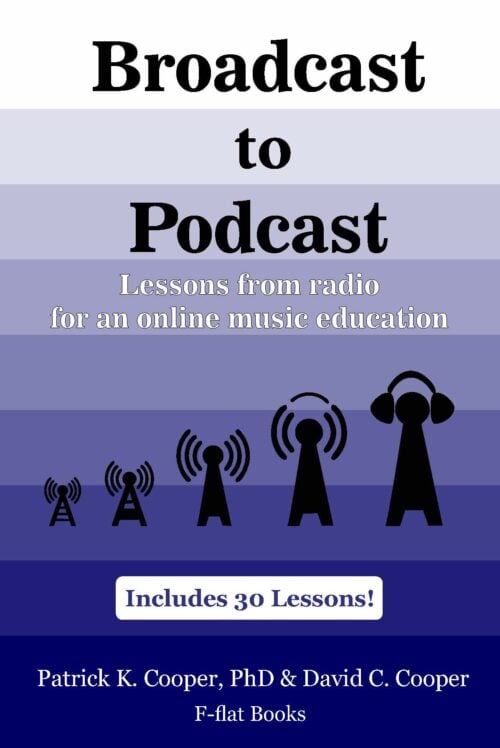
by Patrick K. Cooper and David C. Cooper
( 154 pages) This is an electronic resource for digital download. This book gives readers the knowledge they need to understand, appreciate, and create the art of radio production from broadcast to podcast. Throughout this book will be step-by-step instructions (lesson plans) for how to format and organize your show based on the type of listening experience you are trying to create. Teachers, students, hobbyists, and amateurs will learn how to craft their skills to make professional-quality broadcasts and podcasts to share with the world. -
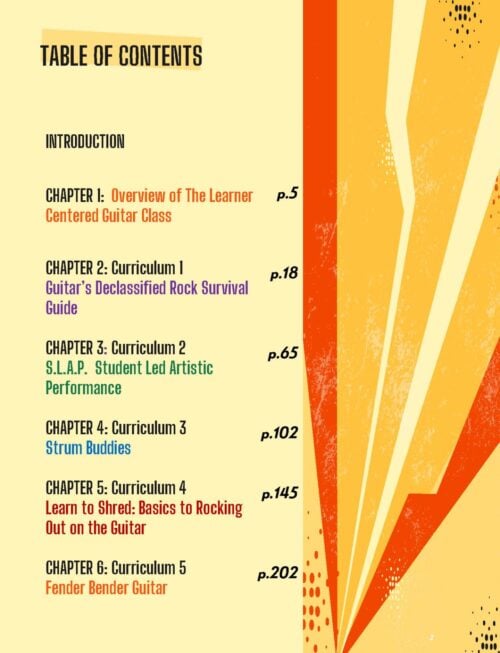
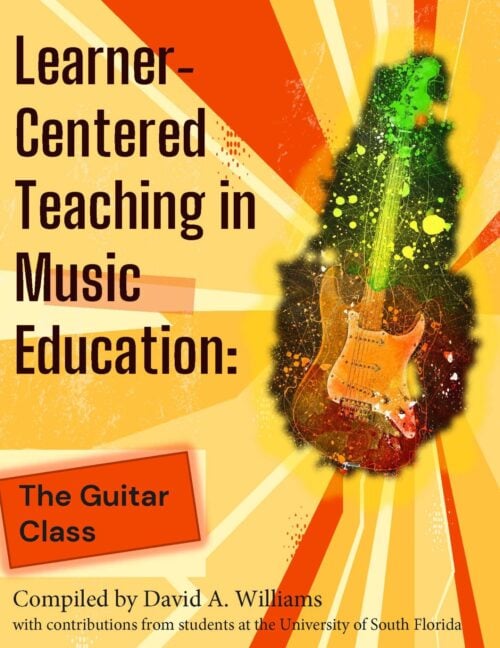
Compiled by David A. Williams
( 459 pages) This is an electronic resource for digital download. This book contains ten curricular settings for guitar classes that are based on learner-centered pedagogical principles. Each class example was created by a pair of undergraduate music education students who were enrolled in a music education methods class designed to build skills in learner-centered techniques. These students were also co-enrolled in an ensemble course where they put their understanding into practice. In addition, they worked with k-12 students in learner-centered practicum settings. While the students lacked full-time teaching experience they were certainly grounded in learner-centered pedagogical concepts. Our hope is that music teachers, at all levels, will find ideas and inspiration in this book. Ideas and inspiration for interesting new music classes that include guitars, and for ways to enhance existing guitar classes. Ideas and inspiration that will stimulate students and help them grow into lifelong music makers. -

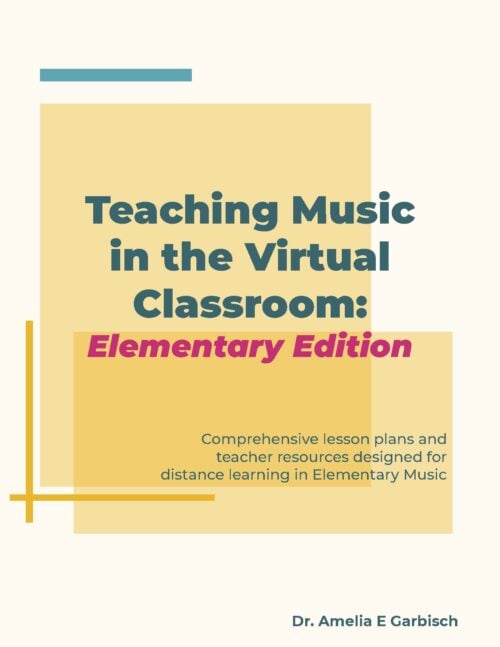
by Amelia Garbisch
(35 pages) This is an eBook for digital download. Teaching Music in the Virtual Classroom: Elementary Edition contains comprehensive lesson plans and teaching resources designed for distance learning in Elementary Music. Within its pages, you will find tips and strategies to help plan creative lessons using the "CEEMS" method of virtual teaching (collaborate, energize, engage, motivate, support). Activities include interactive music games, energizing and amusing short activities, and collaborative ideas to help motivate and engage your students. -


by Benjamin Taylor and Joseph Sowa
(23 pages) This is an eBook for digital download. Creativity and collaboration in the classroom is easier and more fun than you might think. The creative exercises and improvisational games collected in Teaching Music Creativity were designed to help students of all abilities feel comfortable in improvising and creating new music. They have been road tested by the Music Creators Academy and are now being used as a resource by band, choir, and orchestra directors with great success. -
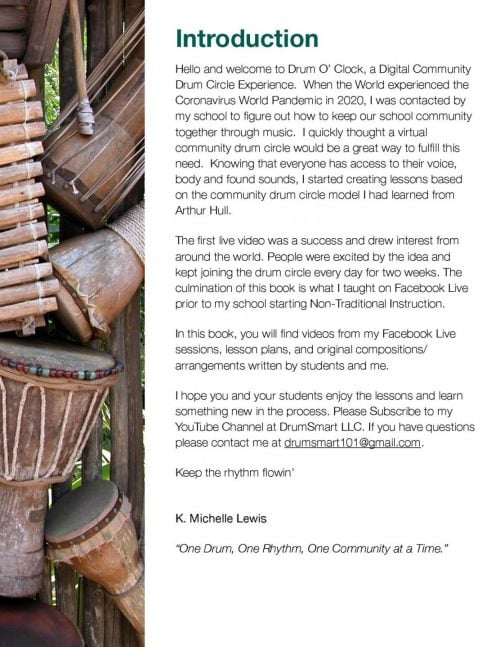
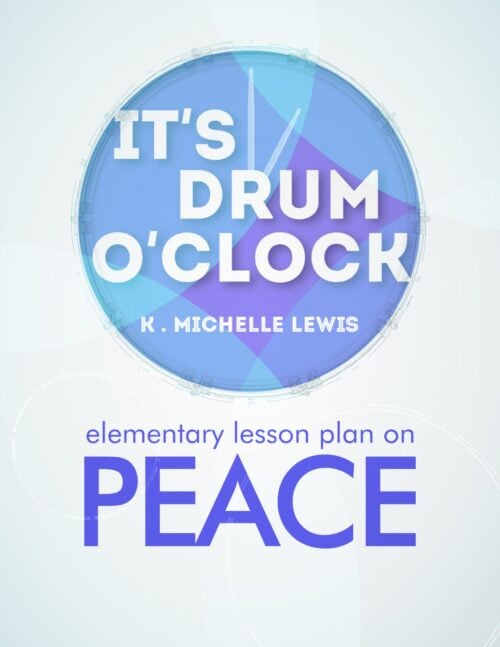
by Yeshima
This is a PDF for digital download. The purpose of this lesson plan is to present a well-rounded approach to music that engages the learner from multiple perspectives using accessible instruments found around the home, as well as the voice and body percussion. The pedagogy originated from a collection of philosophies found in Orff Schulwerk, Social and Emotional Learning, Community Drum Circles, and Mindfulness. These lessons can be modified for homeschool populations, Non-Traditional Instruction, General Music Classes, and/or community-building events. This PDF includes links to YouTube videos, plans, and materials for a lesson plan centered on Peace! -


by Jessica Grant
(110 pages) This is an eBook for digital download. Use the code "tifortwo" at checkout and receive $5 off this journal when purchased with the accompanying Afternoon Ti Book. The Afternoon Ti Guide for Teaching Music Journal allows you to take your music education experience one step further as you apply what you learn in the book The Afternoon Ti Guide for Teaching Music. You'll spend time reflecting through journaling, writing personal insights, creating lessons, and looking at the things you love about teaching in a refreshing new light.

